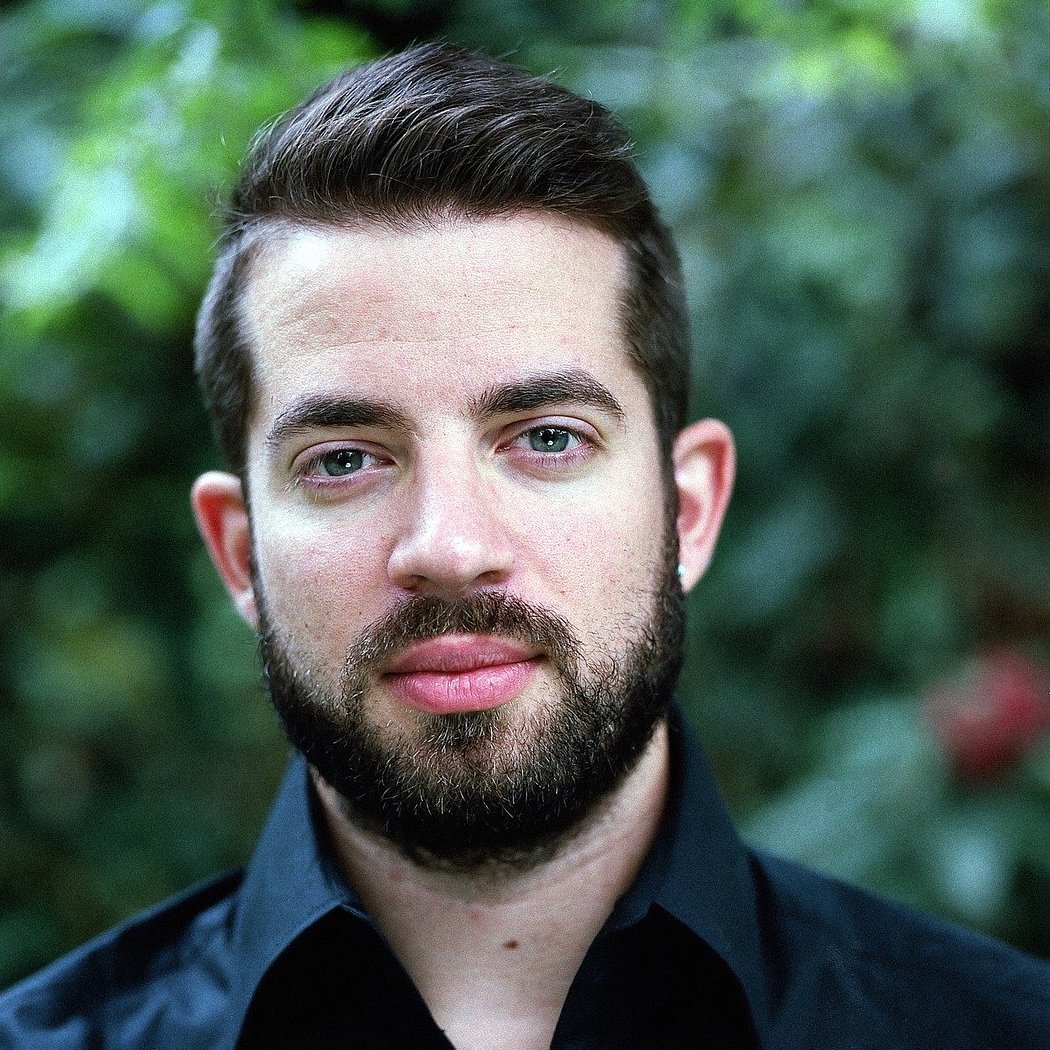The Great Conversation:
War and Peace—Part II

By Matt McKeown
Peace, frustratingly enough, can be as philosophically complicated as war.
The pursuit of peace takes a variety of forms. Pacifism is a slightly difficult term here, because it has a few different meanings and people bring different views to it. For some, pacifism means merely a preference for avoiding violence, or a belief that peaceful means are more effective than violence; the observation that even justifiable violence can be counter-productive to public sympathy has been an element in a number of protest movements. Others, however, consider violence (or at least certain extremes of violence, such as killing) to be inherently wrong in all circumstances; others again, while not going that far, insist that a commitment to nonviolent means is always morally better even though it is not obligatory.
Though sometimes associated with secularism in contemporary American culture, pacifism has historically sprung far more from religious sources. The Indic concept of ahimsā or complete nonviolence, which includes not only pacifism but vegetarianism, has been upheld as an ideal in Hinduism, Jainism, and Buddhism for centuries. Christianity also has a long tradition of pacifism. The Quakers and the Amish are probably the most famous examples; individual pacifists can be found in many other denominations as well. Catholicism, though it has a thriving tradition of just war theory, also has a small but persistent pacifist tradition: St. Francis is probably the most celebrated example, and the activist Dorothy Day described the principles underlying her opposition to all forms of violence in her autobiography The Long Loneliness. Back on the Protestant side, the Baptist Rev. Martin Luther King Jr. goes into the moral and spiritual preparation for nonviolent action in his justly famous Letter From a Birmingham Jail.
That peace, safety, and concord may be the portion of our native land is the most ardent wish of my heart, and if I can be instrumental in procuring or preserving them, I shall think I have not lived in vain.
Thomas Jefferson
King’s Letter discusses at some length the subject of why peace and war are not always as straightforward as they seem on paper. “Injustice anywhere is a threat to justice everywhere. We are caught in an inescapable network of mutuality … I have almost reached the regrettable conclusion that the Negro’s great stumbling block in his stride toward freedom is the white moderate, who is more devoted to ‘order’ than to justice; who prefers a negative peace which is the absence of tension to a positive peace which is the presence of justice.”
All of this has related to the internal politics of the state, but nonviolence as a response to war is a more common context. Here, peace activism often expresses itself in various forms of internationalism or cosmopolitanism. The most prominent internationalist institution is of course the United Nations, which is meant to maintain world peace, define and protect human rights, and promote inter-state cooperation; it was forged after World War II and succeeded the League of Nations. The assorted traditions of socialism and communism also have a long history of internationalism, since they conceive of the primary conflict of modern civilization not as one nation against another, but as the propertied classes of all nations versus the proletariat; it is therefore class solidarity rather than national interest that (in theory) must take precedence ethically.
In the twentieth and twenty-first centuries, discussions surrounding both peace and war have been complicated by challenges to the idea of Westphalian sovereignty. This is the international principle that no state should interfere with the internal affairs of another state, which seems reasonable enough at first blush. However, it works poorly for people groups like the Kurds, who have no nation-state of their own and are spread among several states; likewise, nomadic societies whose traditional regions were split up during the colonial period can now face serious obstacles to travel, and their legal right to use resources in one or more states may be insecure. Westphalian sovereignty also poses difficulties in dealing with world-scale but non-state actors, from terrorist groups to charities to churches. Many of these theoretical and practical questions remain unresolved.
Suggested reading:
Plato, The Apologia of Socrates
St. Edmund Campion, Challenge to the Privy Council (a.k.a. “Campion’s Brag”)
Henry David Thoreau, Civil Disobedience
Covenant of the League of Nations
“The Trial of Gandhi” (court transcription)
T. S. Eliot, Murder In the Cathedral
___________________________________________________________________________________
If you liked this series, try some of our other pieces here at the Journal, like these author profiles of Averroes and Albert Einstein, or these student essays on the work of Jules Verne and the nature of mythology. And be sure to check out our podcast on education and culture, Anchored, hosted by Jeremy Tate.
Page image of a tile copy of Picasso’s painting Guernica, obtained via Wikipedia (source).